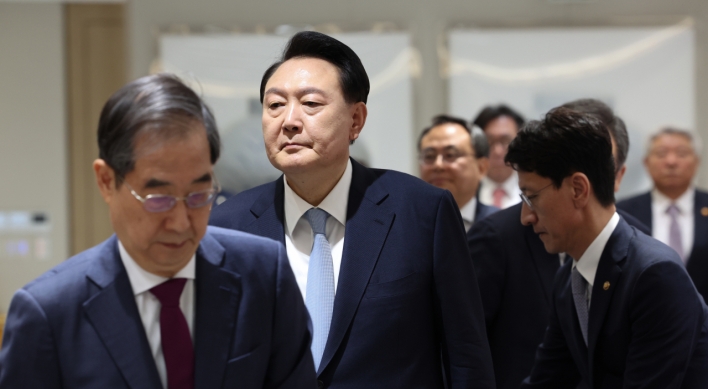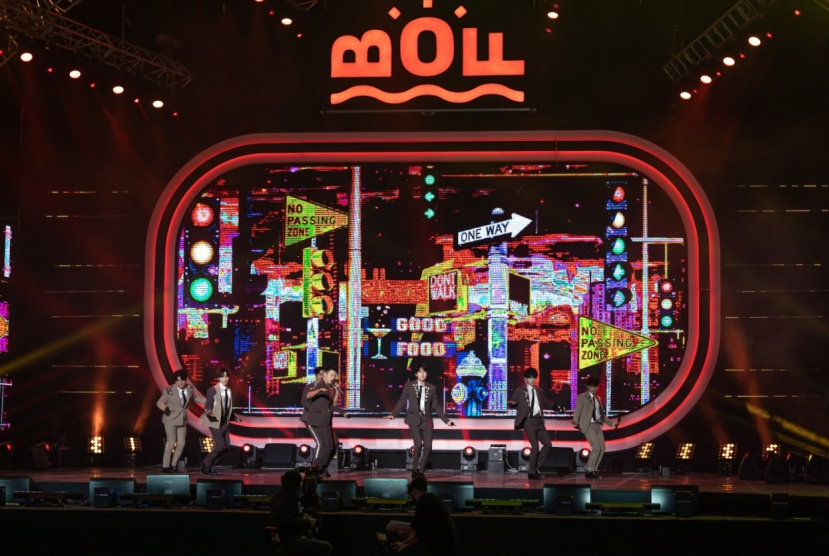Connecting cultures: Koreans returning from abroad make waves
By KH디지털2Published : March 9, 2016 - 17:33
For many Koreans, moving overseas helps personal and professional growth. This migration also has a broad impact on Korean society as many of the migrants return to Korea after decades abroad.
When first-generation migrants left Korea, they could not have predicted the impact they would have upon their return, influencing Korean culture, lifestyle and business practices.
Overseas ethnic Koreans (known as gyopo), travelers and students have also helped to open Korea to the world, changing the previously monogamous nature of Korean lifestyle and culture.
The Korea Herald met with returnees who brought their unique experience to Korea
Chung Dae-wha: Namhae American Village resident
“The village was designed to be the last settling place for Korean-Americans who have dreamed of returning to, and retiring to their homeland, ” said Chung Dae-wha, a former U.N. official and now a resident of the American Village in Namhae County.
For over 25 years, Namhae County has been the proud location of German Village. The idea was to bring Korean nurses and miners who had migrated to Germany in the 1960s and 1970s back home for retirement.
When first-generation migrants left Korea, they could not have predicted the impact they would have upon their return, influencing Korean culture, lifestyle and business practices.
Overseas ethnic Koreans (known as gyopo), travelers and students have also helped to open Korea to the world, changing the previously monogamous nature of Korean lifestyle and culture.
The Korea Herald met with returnees who brought their unique experience to Korea
Chung Dae-wha: Namhae American Village resident
“The village was designed to be the last settling place for Korean-Americans who have dreamed of returning to, and retiring to their homeland, ” said Chung Dae-wha, a former U.N. official and now a resident of the American Village in Namhae County.
For over 25 years, Namhae County has been the proud location of German Village. The idea was to bring Korean nurses and miners who had migrated to Germany in the 1960s and 1970s back home for retirement.
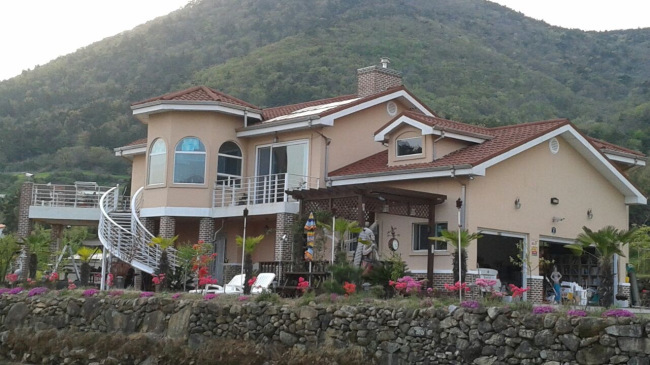
Today, the German village is joined by a smaller and more reclusive American village that adds a Western touch to the Namhae county landscape.
The village was set up in 2007 with similar intentions to that of German Village. For those like Chung, the village was a perfect place to return to.
“I learned about this plan (American Village) from a friend. I was born about half an hour away from this place. At the time I was at Jeju University, and I was about to build a house there. Then I learned about this place near my native place, the place I was born,” Chung said.
Chung left Korea over 50 years ago, receiving a scholarship for a university in the United States. For him, Namhae is a place he could retire to and, better still, do so in a home that replicated those he had lived in.
“Namhae is a pristine place without any pollution, without any industries. My house is oceanfront. I love the air, and Namhae has the most sunshine in Korea, sunshine like America,” Chung said.
Chung’s residence is the largest of the 22 exclusive houses in Namhae. He explains that the houses are all designed to appear as they would in American suburbia, a request from the Namhae Administration.
Chung is happy to be home. While American-style restaurants and supermarkets have yet to be created in the area, the village allows a part of his Western lifestyle to stay with him.
Suji Park: Suji’s Deli and Restaurant
For people like Suji Park, studying abroad was an opportunity to try many new things, including Western cuisine. Suji moved to the U.S. at 19 and fell in love with New York-style brunch.
When she returned to Seoul, she noticed Western brunch was an untouched niche market. From there she began developing a concept that would shift the Korean dining scene.
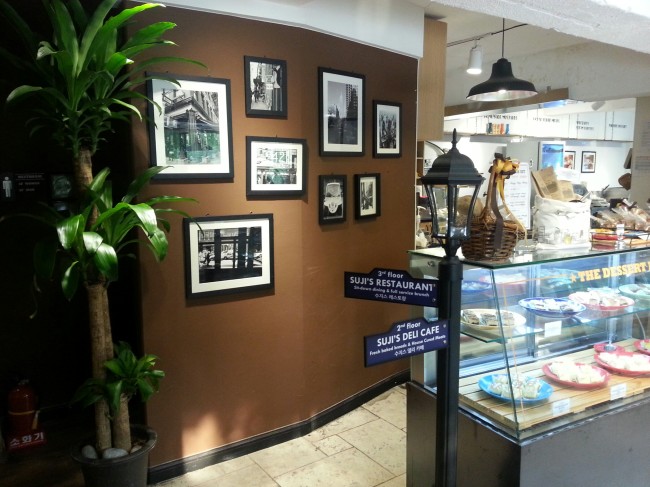
“Myself, my brothers and my friends were mostly educated in the States and then came back. We were familiar with American food and American culture. Back then there was no American-style or New York brunch place. We were the first restaurant who brought a very New York-style brunch concept to Korea,” said Park
In 2005, Park opened “Suji’s Deli & Restaurant,” which remains in Itaewon. From there she transformed her restaurant concept into an international brand, bringing Western cuisine to the homes of the wider Korean and Asian market. She was the first of her kind.
The restaurant is popular among expats and locals alike, now featuring a special menu offering fusion-style dishes. But the original idea was to bring expats the food they missed the most.
“It’s like how I felt when I was going to Korean restaurants in New York’s Korea Town. It made me feel very at home and helped homesickness. I think we’re doing that for a lot of expats here,” said Park
Today, Park sells both Western and Asian products, including ready-made meals for homes in Japan, Korea and the U.S. Suji hopes to expand integration of Western food to the Asian market, moving her brand into Taiwan and China in the years to come.
Sunny Kim: Sunkuku Nail Art Studio
In a small basement in Hapjeong is Sunny Kim -- nail technician, artist or as she says: “nail creator.” Kim is one of thousands in the nail industry in Korea, a booming personal grooming industry since the return of first-generation migrants.
Originally a well-paid, easily attainable occupation for Korean immigrants in the U.S., the nail industry in Korea is today a serious one. Korea hosts the Global Nail Cup each year and nail academies are a thriving business across the peninsula.
“Koreans have very good skills with their hands,” said Kim.
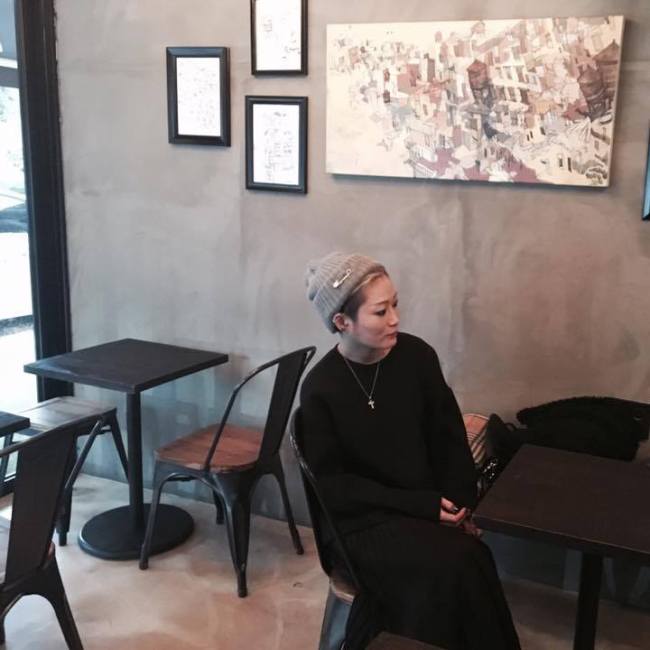
Born in Hongseong, South Chungcheong Province, Kim moved to New York following school with hopes to become a skilled nail technician. She knew that Koreans dominated the U.S. nail industry.
“Especially the East Side -- New York, New Jersey -- they had a lot of Korean nail shops. At that time, it was 2001, almost 90 percent of nail shops were run by Koreans,” Kim said.
For over a decade, Kim worked in salons as a nail technician and wax specialist, serving clients every half hour to an hour. Kim returned to Korea with hopes of starting her own salon, incorporating the skills she had learned in America.
“It was too much work. I started at 18 years old. American style was too boring, just only French and color. Even when I worked for New York Fashion week, it was not art, just colors,” she said.
Kim develops her own colors and styles and allows two hours for just one client. Incorporating American, Korean and also Japanese influences, Kim’s business is unique even for the Korean nail industry. Her success she believes, comes from an understanding of the different nail techniques and styles that foreign and local clients desire.
“American people, they want strong, but natural. That’s a very high quality technique. I know that style. And then back in Korea, Korean people, they don’t know about the extensions. Usually they have strong nails, and they like very short nails. I know both styles, and I can do (Korean) style too,” Kim said with confidence.
Although the nail industry is large, Kim observes that a lot of Koreans who get qualifications do not understand the importance of practice, a prerequisite for success in the U.S.
“If you want something very different in style and then you request it, they (Korean nail technicians) say I’m sorry I can’t do that, we don’t have that product or something like that,” Kim said.
Kim noted that many Korean nail shops shut down soon after opening, not lasting even a year.
“You have to be professional minded, you have to practice, you have to study. In America, they say maybe you keep going for over five years, and then you can say ‘I am professional.’ That’s the difference,” Kim said.
Juweon Jonathan Kim: Vatos Urban Tacos
“What do we miss when we get homesick? Home cooking,” said Juewon Jonathan Kim, cofounder of popular Korean-Mexican joint Vatos Urban Tacos, as he reflected on his childhood.
Moving to the U.S. at 8, Juweon, like colleagues Sid Kim and Kenny Park, were brought up as children of immigrant parents, an upbringing that would be a key to their success.
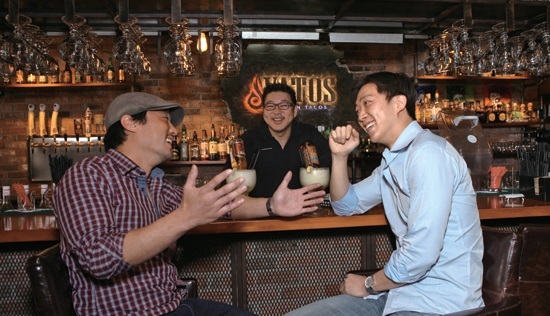
The trio began Vatos Urban Tacos following a Kickstarter campaign run by Kenny in 2011. Park’s idea was to start a Mexican food truck on the streets of Seoul.
When the three men moved to Korea as adults, each for their own reasons, they found a part of them missing. They shared a love for Korean-Mexican cuisine, but there was no place in Korea that mirrored the tastes of the food they ate growing up.
“You open up the fridge and you have the leftovers from the night before, from your mom’s dinner.” Juweon explained. “You get some kimchi and various Korean dishes. But it’s not like I’m going to go to the rice cooker and make rice and cook a bit of soup. What I’m going to do is, I’m going to go reach for the tortilla.”
In hopes of introducing these unique tastes to Korea, the three men established a restaurant that resonates among locals and expats in Korea and, recently, in Singapore. Juweon believes the business has been a success because of the deep understanding each has of both Korean and Mexican foods.
“We know what good Mexican food tastes like, in California and in Texas. We know what good Korean food tastes like because we are Koreans by blood and my parents and their (Kenny and Sid) parents all cook Korean food at home. We were very familiar and intimately connected with the food culture of both countries.”
Juweon believes the food and beverage industry to be a key driver of the Korean-American cultural exchange.
And the trend isn’t just in food, but also in the way businesses are run. Vatos operates with reduced work hours at its head office, as well as mobile work opportunities.
“I think the gyopo, expats and the Koreans who have studied abroad, they are going to be the engines that really drive Korea as a nation to the next level,” Juweon said.
“They are cultural connectors,” he said. “They have played an essential role, they are going to play a greater role and it is very exciting to be in such a dynamic country where you are starting to see these people take on leadership positions, to really push that envelope further.”By Zoe Samios (zoesamios@heraldcorp.com)







![[KH Explains] How should Korea adjust its trade defenses against Chinese EVs?](http://res.heraldm.com/phpwas/restmb_idxmake.php?idx=644&simg=/content/image/2024/04/15/20240415050562_0.jpg&u=20240415144419)





